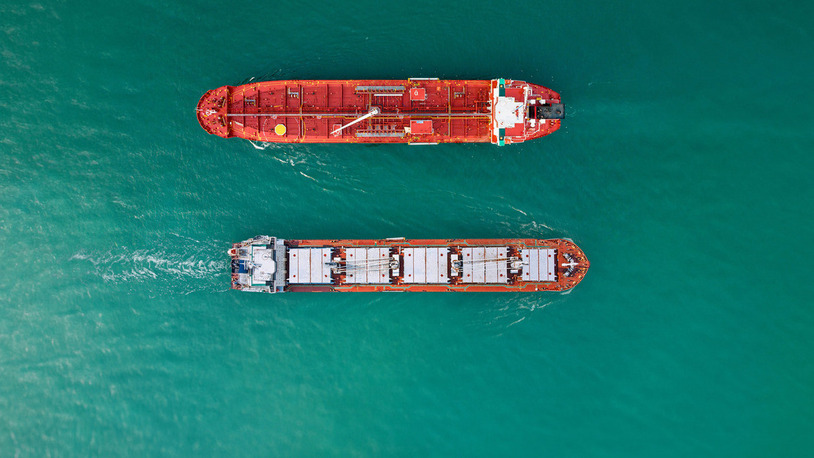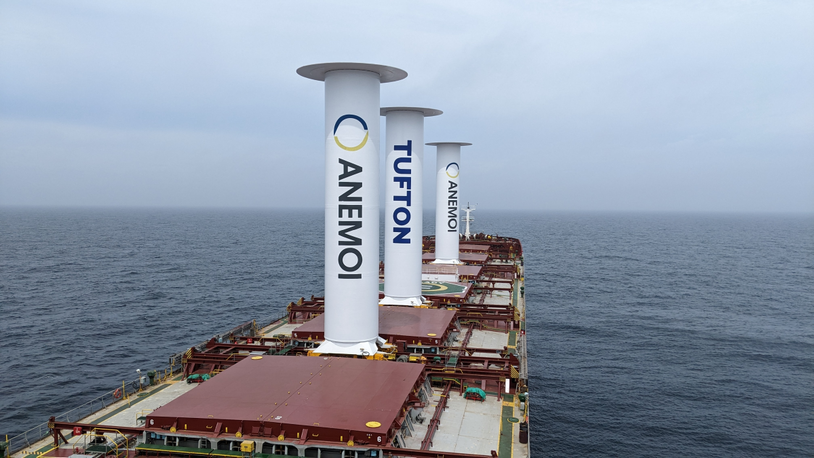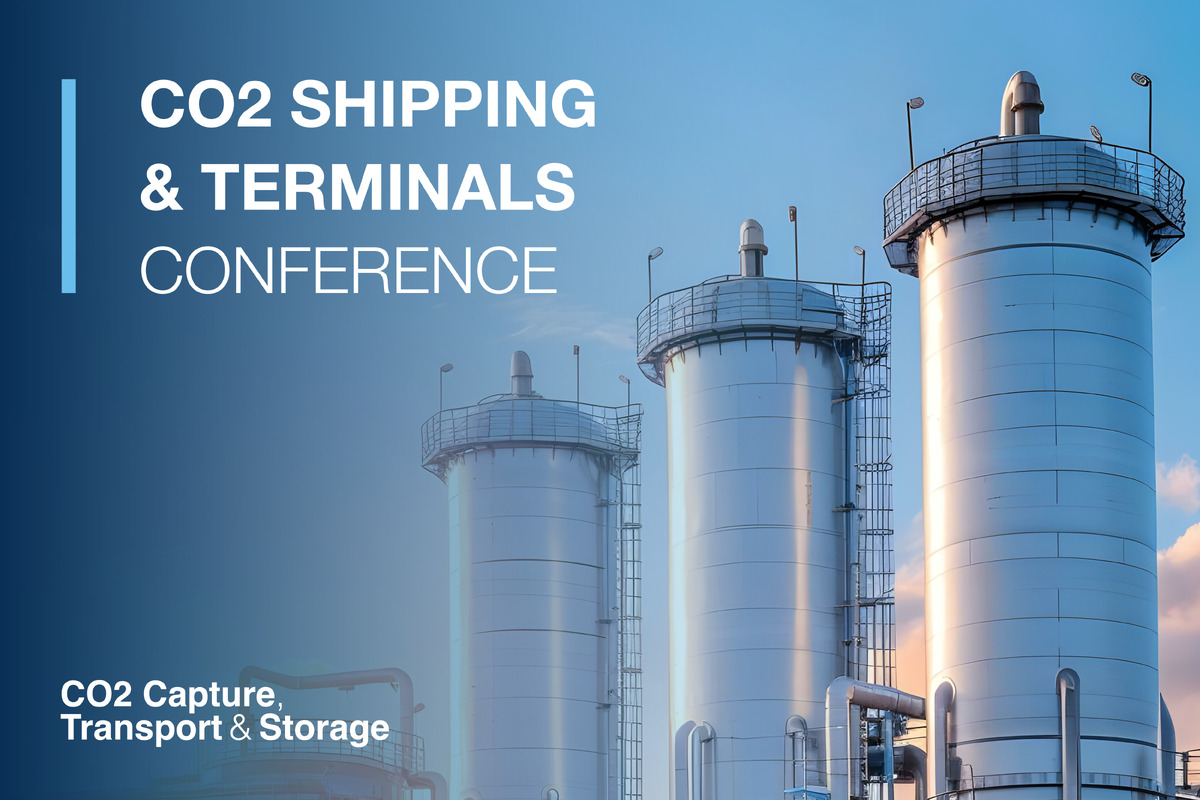Business Sectors
Contents
Why DFDE for BP LNGCs?
BP Shipping’s technical director Adrian Howard explains why Wärtsilä dual-fuel diesel-electric (DFDE) propulsion was chosen for the company’s four-option-four 155,000m3 LNG carrier commitments at Hyundai Heavy Industries
DFDE offers a significant reduction in fuel consumption compared with steam turbine propulsion: in the region of 30-40 tonnes a day. The dual-fuel approach thus means reduced fuel costs, although this must be offset against a higher initial cost for the DFDE propulsion system. DFDE also offers reduced CO2 emissions and very low NOx emissions, so environmental performance was a major driver for us.
In addition, DFDE propulsion units occupy less overall space than a steam turbine plant, fostering greater cargo carrying capacity without the need to significantly increase the hull size. As a result, the propulsive power requirement for a 155,000m3 carrier is approximately the same as that for a 138,000m3 steam-driven ship, further reducing the cost per mmbtu carried.
In contrast to the initial yard proposal for a 3 x 12-cylinder plus 1 x 6-cylinder DFDE arrangement for each ship, we opted for a 2 x 9-cylinder plus 2 x 12-cylinder configuration. This gives symmetry to the mechanical and electrical systems, and we believe simplifies the design, especially with respect to system redundancy and electrical distribution.
BP Shipping decided on DFDE propulsion for its new tonnage only after comprehensive analysis of all the alternatives. Inevitably, there is an element of compromise in whatever option is finally chosen.
One of the main drawbacks of DFDE is that it does not offer the same flexibility in gas burning as the steam turbine. Boliers can burn any combination of gas and oil, whereas the DFDE plant operates on either gas or oil but not in the combined fuel mode. Nevertheless, we do not anticipate that this lack of flexibility will limit our ability to make maximum use of the cargo boil-off as our intention is to operate the ships for most of the time in the gas-burning mode.
A great advantage of diesel engines, of course, is a significantly higher thermal efficiency than steam turbines and hence reduced fuel consumption.
We opted to use synchronous motors rather than direct-drive induction motors because the latter units represent a relatively new technology and have not been applied at the powers required for LNG carrier propulsion. As a result, we will suffer a marginal 1-2 per cent loss of efficiency due to the need to use a gearbox with the synchronous motors.
Regarding servicing, the maintenance requirement of a DFDE system is likely to be greater than that for steam turbine plant. But since we will primarily be burning gas, a very clean fuel, we do not expect it to be excessive. The propulsion arrangement selected for the ships will enable us to achieve contract speeds with one engine down for maintenance, so we do not expect reduced vessel availability.
In terms of redundancy of the overall system, DFDE is only slightly better than steam turbines. Its big advantage, however, is that propulsion can be very easily restored, albeit at a reduced power, in the event of machinery failure (while it can take as long as 12 hours to reconfigure steam plant in the event of a turbine failure).
Among the alternative propulsion systems assessed, and finally rejected, by BP Shipping was a gas turbine plant. In order to realise efficiency gains, gas turbines must be incorporated as part of a combined cycle and exhaust through a heat exchanger to generate steam for use in a steam turbine.
The main drawback of the gas turbine is that its power output falls off rapidly with rising ambient temperature; and, when combined with a steam turbine, it is significantly more expensive than DFDE plant. We believe, however, that the combined cycle gas turbine may be a viable option for larger LNG carriers (200,000m3 and above) where very high power outputs are required.
At this nascent stage in the evolution of DFDE propulsion for LNG carriers, it is no surprise that the new technology continues to be developed even as it is being installed on the first ships. The BP quartet, for example, will be fitted with double-wall gas piping in the engineroom.
The question on everyone’s mind is whether or not there is a future for steam turbines in LNGC newbuildings following the breakthrough made by DFDE propulsion in 150,000m3 ships and low speed diesels in 200,000m3-plus tonnage.
The environmental and fuel cost benefits of DFDE are compelling reasons to go with this form of propulsion rather than with steam and low speed engines. However, the application of DFDE technology is new and carries some risk. As a result, I would not be surprised to see further steam LNGCs ordered until that time when DFDE has proven to be a reliable and flexible means of propulsion in the sector.
My view of the longer term – say, 10-20 years from now – is that LNG-powered fuel cell propulsion systems will eventually be developed, offering efficiencies far in excess of those available from diesel engines. BP Shipping will be fitting a small fuel cell unit to one of its 138,000m3 Trader-class LNGCs later this year to help in developing this technology. MP
See Dual-Fuel/Gas Engines report, pages 36-40
Related to this Story
CMB.Tech 'positive' on IMO's new framework, hails ammonia as 'the way forward'
IMO’s net-zero plan poised to pressure ageing fleet with rising costs
Events
Reefer container market outlook: Trade disruption, demand shifts & the role of technology
Asia Maritime & Offshore Webinar Week 2025
Marine Lubricants Webinar Week 2025
CO2 Shipping & Terminals Conference 2025
© 2024 Riviera Maritime Media Ltd.













